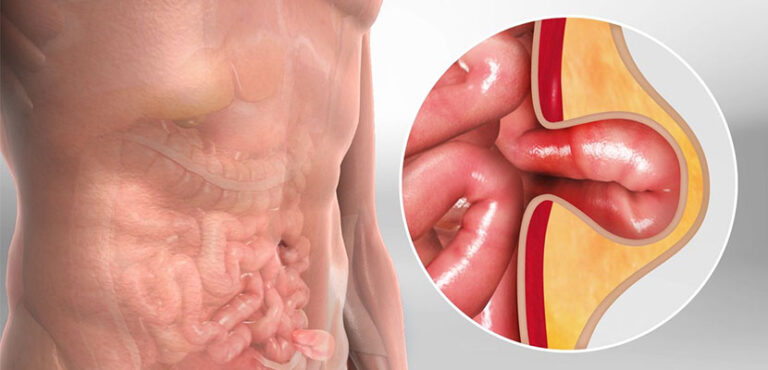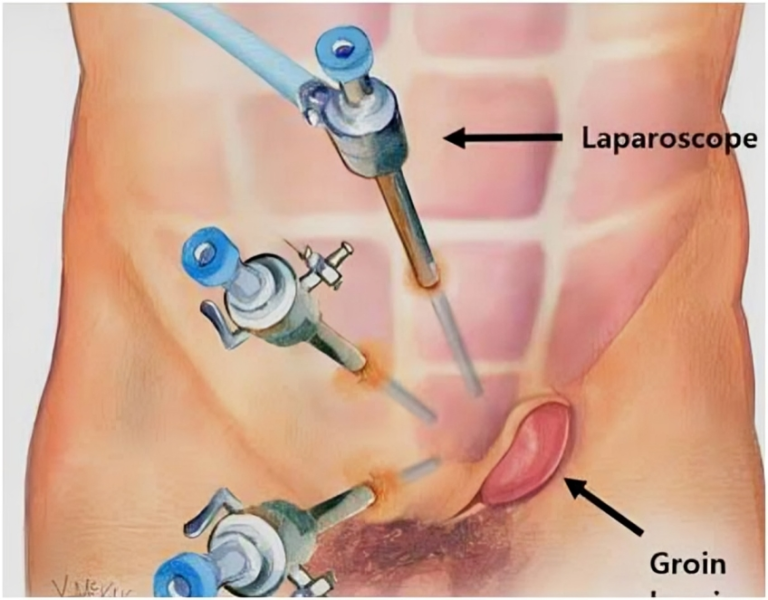Navigating the World of Hernia Surgery: A Comprehensive Guide.
Hernia surgery is a common and well-established medical procedure designed to repair a hernia, a condition where an organ or tissue bulges through a weak spot in the surrounding muscle or connective tissue. While hernias can occur in various parts of the body, the most common types are inguinal (groin), umbilical (belly button), and incisional (resulting from a previous surgical incision) hernias. In this article, we will explore the basics of hernia surgery, including types of hernias, symptoms, and the surgical process.
To Know More About It Please Click Here
Understanding Hernias
A hernia occurs when there is a weakness or opening in the muscle or connective tissue, allowing internal organs or tissues to protrude. Some common causes of hernias include heavy lifting, persistent coughing, obesity, pregnancy, and previous surgical procedures. Hernias often manifest as visible bulges or lumps, accompanied by discomfort, pain, or a feeling of heaviness in the affected area.
Types of Hernias
- Inguinal Hernia: This type occurs when a portion of the intestine or abdominal tissue protrudes through the inguinal canal, which is located in the groin. Inguinal hernias are more common in men but can also affect women.
- Umbilical Hernia: In this case, abdominal tissue or part of the intestine protrudes through the abdominal wall near the belly button. This type is more common in newborns but can also affect adults.
- Incisional Hernia: Resulting from a previous surgical incision, this hernia occurs when tissue or organs push through weakened areas in the abdominal wall where surgery was performed.
The Surgical Process
Hernia surgery aims to repair the weakened muscle or tissue and push the protruding organ or tissue back into its proper place. The two primary methods for hernia repair are open surgery and laparoscopic (minimally invasive) surgery.
- Open Surgery: This traditional approach involves making a larger incision directly over the hernia site. The surgeon then pushes the protruding tissue back into place and reinforces the weakened area with stitches or a mesh to prevent recurrence.
- Laparoscopic Surgery: In this minimally invasive procedure, small incisions are made, and a thin tube with a camera (laparoscope) is inserted to guide the surgeon. Specialized instruments are used to push the herniated tissue back and repair the weakened area. Laparoscopic surgery generally results in a quicker recovery and less scarring than open surgery.
Recovery and Postoperative Care
Recovery from hernia surgery varies depending on the type of procedure and individual factors. In general, patients may experience some discomfort, swelling, and limited mobility in the initial days following surgery. Following postoperative care instructions, such as avoiding heavy lifting and engaging in light physical activity, is crucial for a smooth recovery.
To Know More About It Please Click Here
Conclusion
Hernia surgery is a common and effective procedure to address the discomfort and potential complications associated with hernias. Understanding the types of hernias, symptoms, and the surgical process can empower individuals to make informed decisions about their healthcare. If you suspect you have a hernia or are experiencing symptoms, consult with a healthcare professional for a proper diagnosis and guidance on the most suitable treatment approach.



